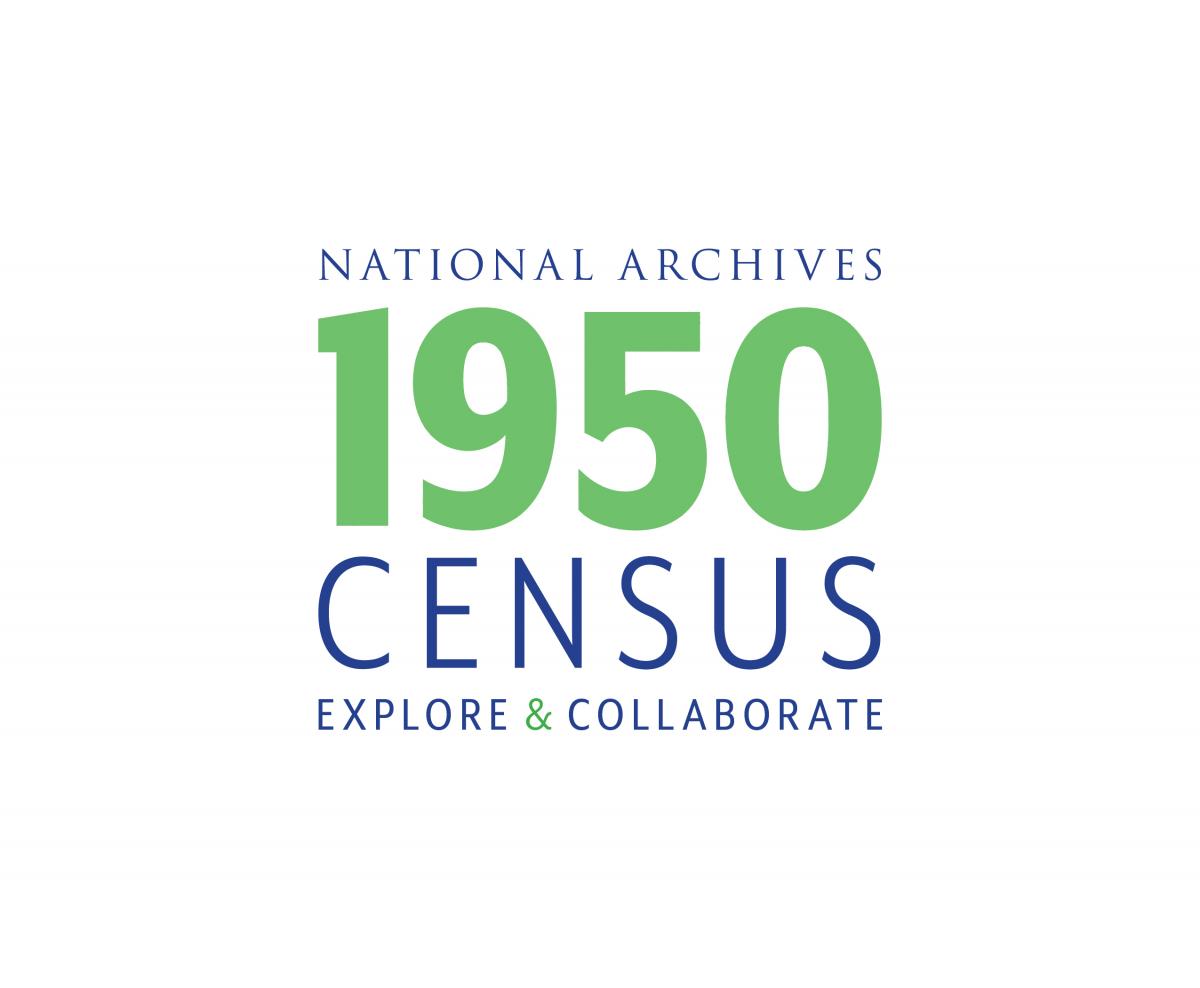
Standout Census Stories: Using the U.S. Census to Solve Adoption Mysteries
By Debra Steidel Wall | National Archives News
WASHINGTON, March 24, 2022 — Despite working at the National Archives and Records Administration, I’d never been interested in genealogy. That all changed dramatically a few years ago.
My dad was adopted as an infant. His adoptive parents were wonderful, and I’ve never considered them anything other than my real grandparents. They gave him unconditional love and support, and a great life. Yet, my dad had a persistent, smoldering curiosity about his birth parents––who were they? Why did they give him up? What was his ethnicity?
My dad got sick, and a few months before he died in 2014, I gave him a commercial DNA test. There were no close matches, and we let the matter drop as we dealt with his illness.
Three years later, on the anniversary of his death, I checked his DNA matches. This time, there was a close match! I leapt into action, aided by NARA’s Chief Operating Officer Jay Bosanko (who is a whiz at this), and by the end of the day we had identified both of my father’s birth parents. How? Because the match was so close, we were able to use newspapers, cemetery records, and most importantly, publicly available census records to figure it out.
My dad’s biological mother, Anna Meier, was born in 1902 in Prussia, near current day Gdansk. She immigrated to the United States in 1929, joining her fiancé Franz Fenz in New York City. They married the day she arrived. Unfortunately, Franz died in 1941, leaving Anna with two young boys and no source of income.
She moved out to Long Island, got a job in a laundry, learned English, and met James Mascola, the man who would become her husband and my dad’s biological father. My dad was born in 1944, when Anna was 42 years old and James was 59. James had been born in Agerola, Italy, overlooking the Amalfi coast. He immigrated to New York around 1900, worked as a fruit and vegetable seller, and lost his first two wives to illness and childbirth.
My dad had seven biological half siblings, all deceased, but I’ve been in contact with many of their children, my newfound half first cousins. I’ve even met some of them in person, a surreal and joyful experience. From my research, I was able to tell them many things about our shared biological grandparents that they didn’t know. And they’ve shared stories that records could never tell me.
My dad’s older, late sister Sara was also adopted. Flushed with success, I tried to find her biological parents. Her daughter Linda’s Ancestry DNA results showed thousands and thousands of matches with deep colonial Long Island settler roots. Unfortunately, her closest matches were fourth cousins or further.
To understand what a challenge that is, it’s helpful to understand the genetic genealogy process. Commercial genealogy tests tell you not just who you match, but which other tested people you share in common with that match. The goal is to find your shared ancestors, and you do this by building family trees for your matches and seeing where they meet up. This helps you narrow down family lines that you then build downward. You do this for clusters of people, and eventually these lines start to converge through marriages, helping you further isolate family lines. This is the same process that law enforcement is starting to use to catch criminals like the Golden State Killer.
If you have second cousin matches, the process is relatively “easy” if you can find enough records to support your search. With just fourth cousin matches, it’s virtually impossible—fourth cousins share great-great-great grandparents. Over two years, I built family trees for more than 200 of my cousin Linda’s matches, with entries for more than 3,900 people. I used other tools, like apps that predict relationship odds through the amount of shared DNA, and chromosome browsers, but none of this would be possible without census records.
Eventually, I narrowed down my aunt’s possible birth mother to two sisters using this method along with some world-class social media sleuthing and a couple of educated hunches. In 2020, when New York State finally opened pre-adoption birth certificates, we learned my aunt’s birth mom was, in fact, one of those two sisters.
I’ve used census records and DNA to help some other people as well. Each story is unique and dramatic in its own way. A high school friend who has no living adoptive family now has a new aunt and a half sister who welcomed her with open arms. A professional musician in Florida learned his biological father was a renowned folk musician. Two women, both adopted at birth, have learned they are half sisters and are building a relationship.
Most recently, I used census records and DNA to help a dear colleague, Sam Anthony , identify his birth parents. Sam, who had been battling aggressive oral cancer for 16 years, with his health failing, finally reached out to his biological father, Craig Nelson, in August 2021. Craig immediately jumped in his car and drove 2,300 miles to meet his son. They had five days together before Sam died. The New York Times wrote about Sam and Craig’s touching story.
This newfound genetic genealogy hobby has again driven home to me the importance of our mission and our work at the National Archives. It’s both exhilarating and humbling to see firsthand how our records can make a highly personal and meaningful difference in someone’s life, including my own.
I’m eager for the 1950 Census release, and I’m grateful for the work National Archives staff is doing to prepare. I’ve got some more mysteries to solve.




 Read previous Standout Census Stories:
Read previous Standout Census Stories: